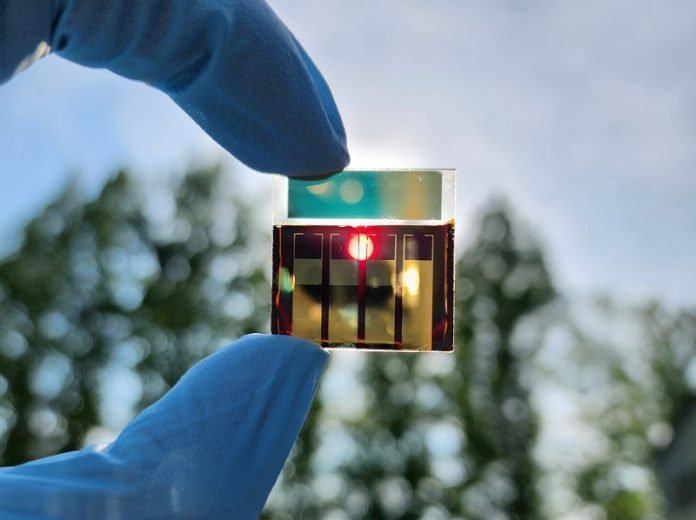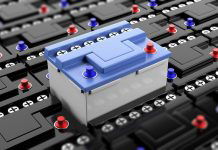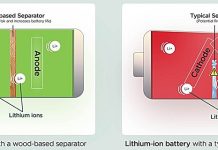
In a world racing to find green solutions, a team from the Korea Institute of Energy Research (KIER) has hit a major milestone.
They’ve created semi-transparent perovskite solar cells that are not just incredibly efficient but also durable.
These aren’t your ordinary solar panels; they’re see-through, making them perfect for applications like window panes in buildings or in tandem solar cells, which stack different types of solar cells together for even more power.
This breakthrough has achieved a jaw-dropping efficiency rate of 21.68%, setting a new world record for perovskite solar cells with transparent electrodes.
What’s more, these cells keep their cool, maintaining over 99% of their efficiency even after 240 hours of hard work.
This is a big deal because it brings us closer to our dream of carbon neutrality by 2050, a goal that requires solar cells to be ultra-efficient and versatile enough to be installed just about anywhere.
The challenge with making solar cells see-through is swapping out the traditional metal electrodes (which block light) for transparent ones.
However, this swap isn’t straightforward. It creates high-energy particles that can mess with the cell’s performance, particularly in the hole transport layer, which is crucial for moving electrical charge.
To tackle this, scientists have been adding a metal oxide layer to act as a buffer. But there’s been a hitch: despite this buffer, the semi-transparent cells weren’t quite living up to their opaque counterparts in terms of charge transport and stability.
The KIER team set out to find out why and how to fix it.
By combining electro-optical analysis with atomic-level computational science, they uncovered that the culprit was lithium ions.
These ions, added to boost the electrical conductivity of the hole transport layer, were sneaking into the metal oxide buffer layer and causing trouble. This discovery was a game-changer.
The solution? Optimizing the oxidation time of the hole transport layer. By doing so, they converted the lithium ions into stable lithium oxide (LixOy), which prevented the ions from diffusing and messing up the buffer layer.
This wasn’t just a fix; it was an enhancement, turning what was thought to be a byproduct into a superhero ingredient for boosting both efficiency and stability.
Thanks to this ingenious approach, the team achieved an efficiency of 21.68% for their semi-transparent perovskite solar cells, making them the leaders in the field of transparent electrode perovskite solar cells.
But the good news doesn’t stop there. These cells showed remarkable durability, retaining more than 99% of their initial efficiency for 400 hours in the dark and for over 240 hours under continuous light.
This achievement isn’t just a technical win; it’s a beacon of hope for a sustainable future. It means that soon, buildings could generate their own power through windows that double as solar panels, without sacrificing visibility or aesthetics.
It’s a step towards a world where clean energy is integrated into our everyday lives, making our buildings not just structures, but power sources. With these advancements, the dream of a cleaner, greener planet becomes a little more reachable.



